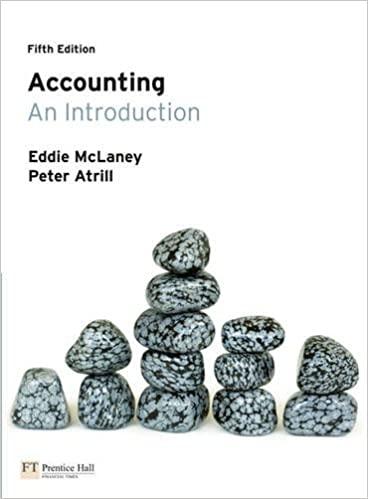A market research study is undertaken on two popular electric shavers, a model made by Braun and a model made by Philips, to find out
A market research study is undertaken on two popular electric shavers, a model made by Braun and a model made by Philips, to find out whether consumers are equally satisfied with them. A random sample of 25 men who regularly use an electric shaver, but not one of the two models tested, is chosen. Each man is then asked to shave one morning with the Braun and the next morning with the Philips, or vice versa. The order, which model is used on which day, is randomly chosen for each man. After every shave, each man is asked to complete a questionnaire rating his satisfaction with the shaver. From the questionnaire, a total satisfaction score on a scale of 0 to 100 is computed.
Using this data, a statistician generated the following R printouts. On these printouts, the total satisfaction scores are labelled Braun and Philips, respectively, and difference is Braun - Philips.



(a) Briefly explain the differences between the independent samples t-test, the paired sample t-test, the Wilcoxon rank-sum test, and the Wilcoxon signed ranks test.
(b) Given the research question, the variable of interest and the data, which of the test (or tests) mentioned in part (a) do you think is (are) appropriate this time? Explain your choice. What are the null and alternative hypotheses of this test (these tests) in the context of this study?
Total Satisfaction Score 120 100 80 60 40 20 0 1 2 3 4 5 6 7 8 9 10 11 12 13 14 15 16 17 18 19 20 21 22 23 24 25 Braun Philips Braun Philips difference median 35.0000 60.0000 -16.0000 mean 40.4800 59.5600 -19.0800 SE.mean 5.3985 6.8739 6.1343 CI.mean.0.95 11.1419 14.1870 12.6606 var 728.5933 1181.2567 940.7433 std.dev 26.9925 34. 3694 30.6715 coef.var 0.6668 0.5771 -1.6075 skewness 0.5950 -0.4496 -0.0011 skew. 2 SE 0.6416 -0.4848 -0.0011 kurtosis -0.7774 -1.2992 -0.6860 kurt.2 SE -0.4311 -0.7204 -0.3804 normtest.W 0.9358 0.8931 0.9735 normtest.p 0.1183 0.0130 0.7341 Paired t-test data: Braun and Philips t = -3.1104, df = 24, p-value = 0.004767 alternative hypothesis: true difference in means is not equal to o 95 percent confidence interval: -31.740589 -6.419411 sample estimates: mean of the differences -19.08 TWO Sample t-test data: Braun and Philips t = -2.183, df = 48, p-value = 0.03396 alternative hypothesis: true difference in means is not equal to o 95 percent confidence interval: -36.653684 -1.506316 sample estimates: mean of x mean of y 40.48 59.56 Exact wilcoxon signed rank test data: Braun and Philips V = 61, p-value = 0.004946 alternative hypothesis: true mu is not equal to o Exact wilcoxon rank sum test data: Braun and Philips W = 210.5, p-value = 0.0477 alternative hypothesis: true mu is not equal to oStep by Step Solution
There are 3 Steps involved in it
Step: 1

See step-by-step solutions with expert insights and AI powered tools for academic success
Step: 2

Step: 3

Ace Your Homework with AI
Get the answers you need in no time with our AI-driven, step-by-step assistance
Get Started


